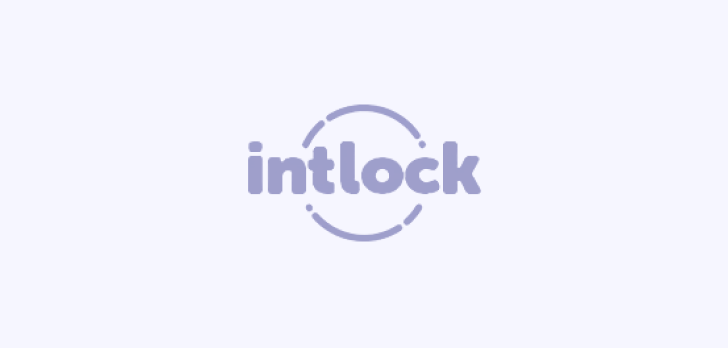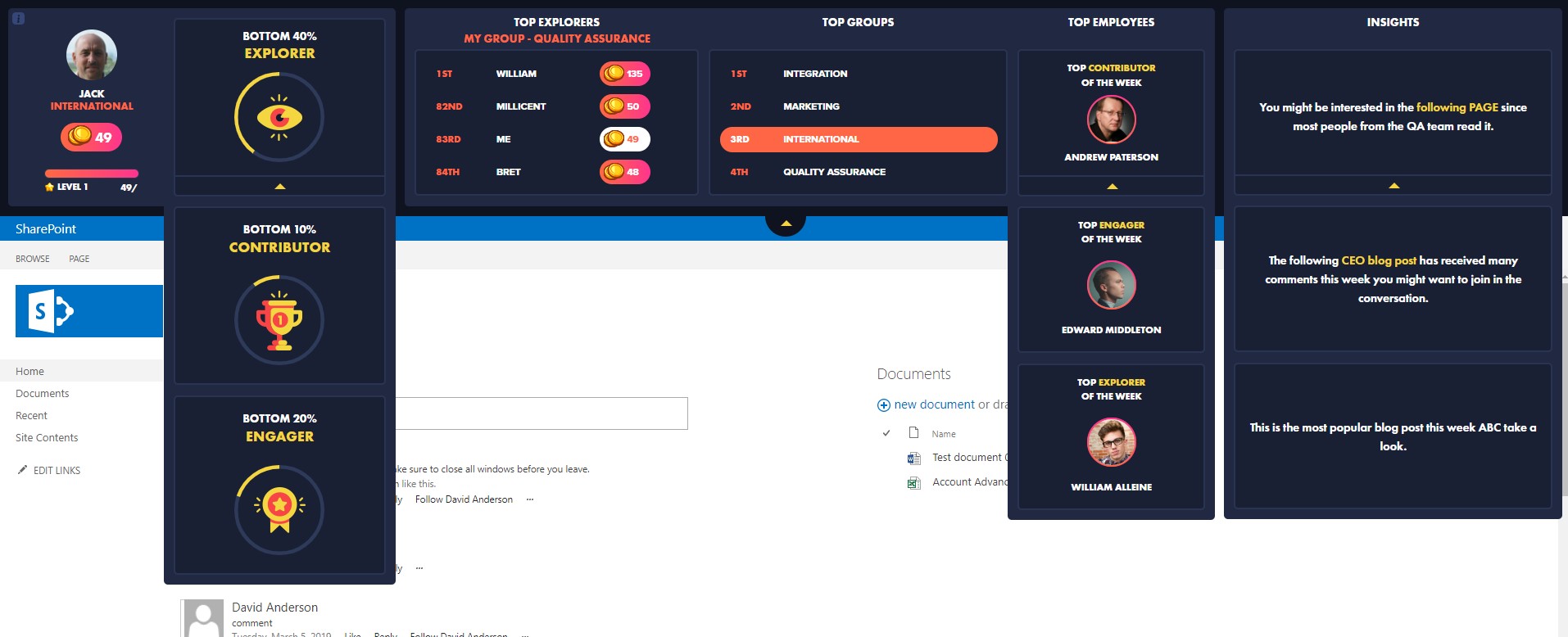In my previous post, I described the changes that the Web Analytics Industry has seen over the past 6 years (more or less). From there being very few vendors, we have now reached a point where for each segment there are literally dozens of companies offering their services. In addition, huge changes have occurred in the way software and service providers – as well as the authorities – treat User Privacy, which is drastically affecting our market landscape, and will continue to do so over the next few months and years.
Google Analytics has been undergoing massive developments over the past few years. They have been launching new features on a monthly basis (such as Cross Channels, Real-Time, Visualization Flows, Advanced Segmentation, Customized Reports, and many more). At the same time, companies such as IBM, WebTrends, and Hubspot have expanded their offered services by acquiring companies such as Performable and Reinvigorate.
So on the one hand, the “rich get richer” (feature-wise), while on the other hand, there are more and more one-feature companies. There are now dozens of web analytic reporting tools, at least ten different visitor recording tools, real-time analytic tools, and more than 20 different testing platforms. I have a list of around 200 different companies that provide at least one web analytic service, and I am sure the complete list is actually longer.
I’m not saying that niche companies don’t have real value. Quite the opposite, in fact. Most of them have an advantage, especially over the monsters’ tools. For example, I don’t think Google Analytics Real-Time feature is even close in what it offers to what you can get from GoSquared of ChartBeat, but once GA released its Real-Time analytics, the chances of a customer looking for a different Real-Time analytic solution is extremely low. That is why, as time goes by, and as Google Analytics expands its arsenal, niche companies are becoming more and more redundant – at least for most potential customers.
In order to survive, these small and niche companies, who only deal with one or two aspects of web analytics, will have to be integrated into broader solutions – which means more M&As among web analytic companies. My guess is that very soon, every new feature developed by the monsters, or every new acquisition, will sadly be the swan song for a few niche start-ups.
The same exact evolution occurred in other industries, such as Corporate Portal: No matter how great the product was, once Microsoft, IBM, or SAP decided to add a niche start-up’s solution as a feature in their next version, that start-up was out of business.
We can already see niche companies that have expanded their product. ClickTale, for example, now offers much more than just a Heat Map. This reminds me of a great tweet I saw a few days ago from @attacat_kiril: “If you are simply comparing ClickTale and CrazyEgg for heatmaps then you may not be clear about the value ClickTale brings”. KISSmetrics, KISSinsights, and CrazyEgg can also provide an interesting (and trivial) bundle.
If we think about it, though, the Google Analytics Premium Version could actually lead to a new type of companies, that rely on GA data for providing a different user experience, or for exposing data that is currently hidden. Customers who pay for Google Analytics and the ability to gather all required data without fast access/sampling could provide amazing ground for companies who wish to provide complementary solutions. (This is similar to what PadiTrack did with their funnel visualization feature, or what we at Intlock did with the individual visitors dashboard – on top of Google Analytics).
Google Analytics: “That’s Not a Bug. It’s a Feature…”
And now on to a slightly different matter. A few months ago, Google announced a change in the way Google Analytics identifies Visits. This announced change was meant to fix a bug in the way in which Google Analytics tracks different traffic sources during the same visit. However, Google did not actually fix the bug. Instead, they just divided the visits into separate visits – one visit per traffic source – and packaged it as a new feature…
Dividing a visit into several visits is a known hack/work-around, and has been used in the past in cases where either visitors come from different traffic sources, or different values for the same custom variables had to be set (on a visitor level), during the same visit.
I wish Google would come up with a real solution for this issue rather than implementing a half-baked fix that only deals with traffic sources (and not custom variables), and dressing it up as a “new feature”.
And while I’m on the subject, GA has a new feature called “Visitors Flow“, which refers to “visits”. But they call it “Visitors”. Confusing, I know. And what is the GA “Drop Offs”? This is another term that they have introduced but haven’t bothered to explain what it is and how it is calculated. Is “Drop-offs” on a starting page different from the “Bounce Rate” of the same page? Whatever it is, the numbers don’t add up…














 Follow @cardiolog
Follow @cardiolog 